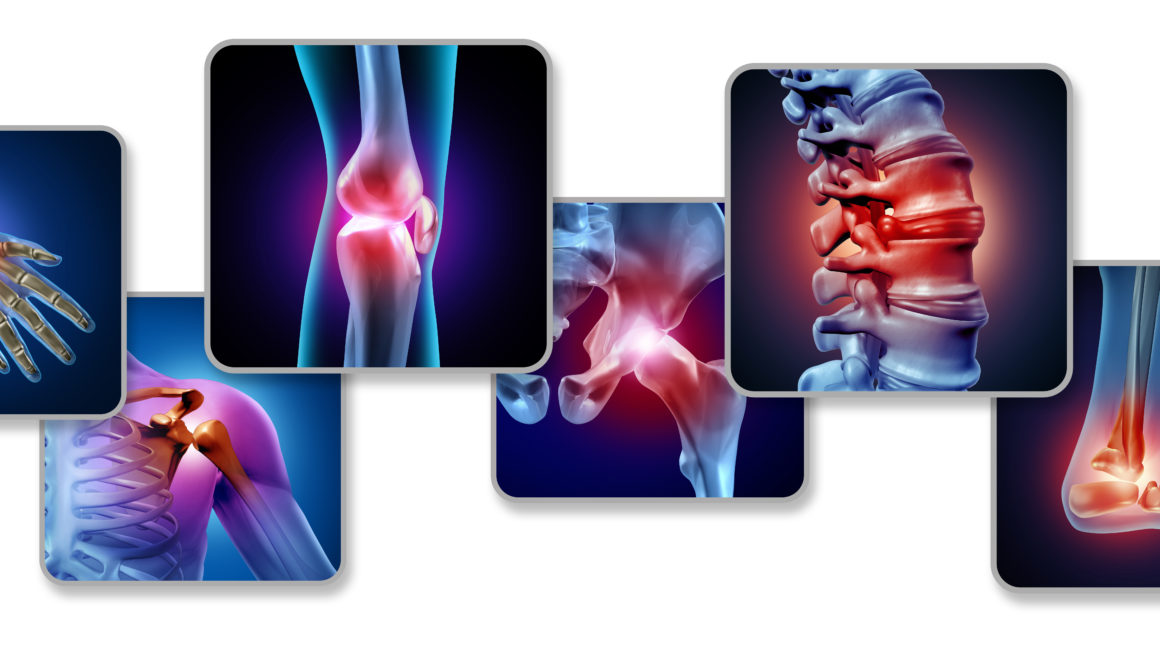Chocolate’s been gaining major traction the last few years as a major aid in health. Contrary to what our good-parenting instincts (and Halloween guilt) might tell us, Chocolate apparently has a number of tremendous benefits as so long as you don’t go overboard (i.e., don’t have chocolate products with tons of trans fats!). What are they? Well, let’s innumerate:
The Benefits:
1. Combats Chronic Fatigue:
In a 2007 study, British researchers compared the strength of people consuming dark chocolate (perhaps best described as a ‘purer’ form of chocolate) versus “white chocolate” (which isn’t actually a form of chocolate, but that’s for another article). The results demonstrated a tremendous advantage for the dark chocolate consumers. After one patient reported getting over much of her fatigue by making a routine of some ‘morning cocoa,’ Dr. Steve Atkin commissioned the study:
He decided to see if other patients would benefit and carried out a trial of 10 patients who received a daily dose – 45g – of dark chocolate or white chocolate dyed to look like dark chocolate for two months.
The patients then had a month off before taking the other type of chocolate for two months.
Those taking dark chocolate reported significantly less fatigue and reported feeling more fatigue when they stopped eating it.
When prompted to try to explain the effect, he put it like this:
“Dark chocolate is high in polyphenols, which have been associated with health benefits such as a reduction in blood pressure.
“Also high polyphenols appear to improve levels of serotonin in the brain, which has been linked with chronic fatigue syndrome and that may be a mechanism.”
2. Improves Blood Flow:
As mentioned by the good Dr. Atkin above, polyphenols found in chocolate are associated with reduced blood pressure. As one study summarized in 2008:
Diets rich in flavanols reverse vascular dysfunction in diabetes, highlighting therapeutic potentials in cardiovascular disease.
The study was very concise, but this summary hits the main points:
“To gauge the effect of high-flavanol cocoa on blood vessel function, the researchers used a test called “flow-mediated dilation” (FMD), which evaluates the ability of the arteries to expand (dilate) in response to an increase in the demand for blood, oxygen and nutrients . . .
“The researchers found that patients with type 2 diabetes had a severely impaired FMD response at the beginning of the study. Before patients consumed any cocoa, the brachial artery expanded by only 3.3 percent, on average. Two hours after drinking high-flavanol cocoa, the FMD response was 4.8 percent.
“Over time, those findings improved, however. After patients drank high-flavanol cocoa three times daily for eight days, the average FMD response improved to 4.1 percent at baseline and to 5.7 percent two hours after cocoa ingestion.”
I suggest you check out the rest of the article to get the full lowdown on what this team uncovered. Later related studies found the blood flow improvements helped brain function, also; not just in the way caffeine does. The effect was therapeutic. Insulin resistance and oxidative stress also were lower.
3. Reduces the Risk of Heart Attack:
Chocolate has an effect that mimics aspirin in preventing blood clots, reducing the chances of a heart attack (essentially a blockage of blood flow to the heart). Two studies from several years ago – one from John Hopkins and the other from University Hospital in Zurich, Switzerland showed the same effect:
Dark chocolate induces coronary vasodilation, improves coronary vascular function, and decreases platelet adhesion 2 hours after consumption.
So how does this affect you?
It’s clear that pharmaceutical companies and doctors are interested in incorporating these findings into their work, but we’re still a far cry from replacing nitroglycerin pills with chocolate eggs. It’s important to reiterate that chocolate shouldn’t be consumed excessively in its fattier forms. Milk chocolate often has a number of trans fatty acids that are worth avoiding. But how much ‘pure,’ dark chocolate is safe to consume and how much is too much?





